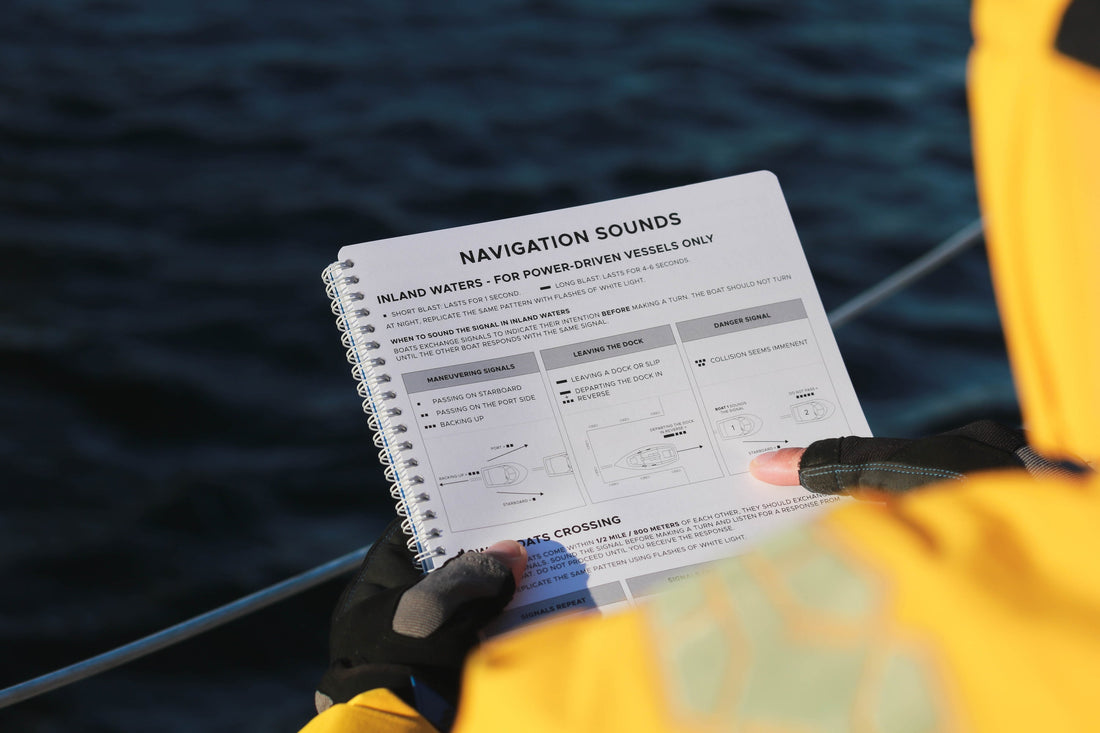When out on the water, boaters must rely on more than just visual cues to navigate safely. Navigational sound signals play a crucial role in communicating with other vessels and ensuring everyone's safety. Let's explore the significance of these signals in the boating world.
What are Navigational Sound Signals?
Navigational sound signals are audible signals used by boats and ships to communicate with each other, especially in situations where visibility may be limited. These signals help vessels indicate their intentions, warn of potential dangers, and avoid collisions.
Types of Navigational Sound Signals
There are several types of navigational sound signals that boaters should be familiar with. These include short blasts, prolonged blasts, and combinations of both. For example, one short blast indicates that a vessel intends to pass the other boat on the starboard side ("I intend to leave you on MY port side").
When to Use Navigational Sound Signals
Boaters should use navigational sound signals in various situations, such as when approaching a blind bend, passing another vessel, or operating in reduced visibility conditions like fog. By following the rules and guidelines for sound signals, boaters can effectively communicate their movements and intentions to others on the water.
How Long Should the Sounds Be
A short blast lasts for one second, while a long blast lasts for four to six seconds. When navigating at night, it is crucial to replicate these sound signals with flashes of white light to ensure they are visible and understood by other vessels.
Inland Waters
Boats exchange signals to indicate their intention before making a turn. The boat should not turn until the other boat responds with the same signal.
- 1 short blast: I'm passing you on the starboard side (leaving you on my port side)
- 2 shorts blasts: I'm passing you on the port side (leaving you on my starboard side)
- 3 short blasts: backing up
- 1 long blast: leaving the dock
- 1 long blast + 3 short blasts: leaving the dock in reverse
- 5 short blasts: danger

When powerboats come within 1/2 mile / 800 meters of each other, they should exchange intent-agreement signals. Sound the signal before making a turn and listen for a response from the other boat. Do not proceed until you receive the response.
At night, replicate the same pattern using flashes of white light.

These are not the only rules concerning sound signals in restricted visibility. Always consult the latest Navigation Rules & Regulations Handbook.
Conclusion
By understanding and correctly using navigational sound signals, you can significantly enhance safety on the water for yourself and others. Whether you're overtaking another vessel, or departing a dock, these signals communicate your intentions clearly and help prevent collisions and misunderstandings. Proper use of sound signals is a fundamental skill for every mariner, contributing to safer and more efficient navigation on the water. If you ever forget what each signal means, check pages 5-7 in the Cruising or All-weather Logbooks. And always carry the latest Navigation Rules & Regulations Handbook with you.

